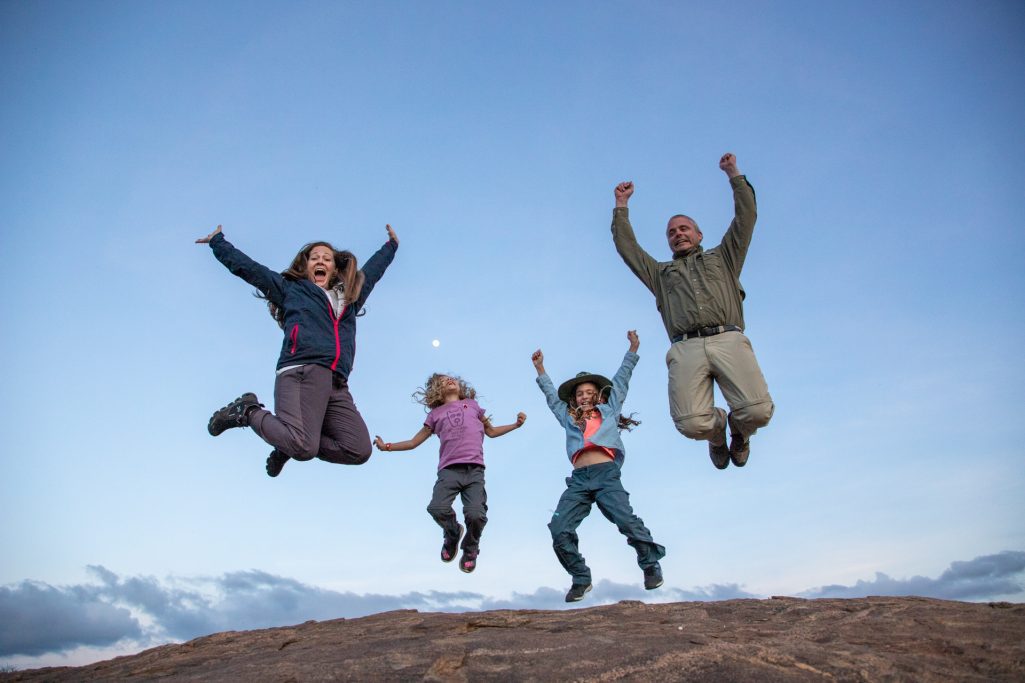Travel Advisors Work to Make Once Elusive Round-the-World Trips a Reality

Skift Take
Sabbatical travel is in the spotlight, but is a year-long trip around the globe feasible for a family? A couple? Two travel advisors set out for a string of faraway places, showing clients and friends that it can be done.
What does it take to travel around the world for a year, alone or with family in tow? An increasing number of travel advisors are finding this out, either through arranging extensive trips for clients or by experiencing it for themselves. Sabbatical trips are on the rise in luxury travel, as Skift recently covered, and growing demand indicates that the movement has true staying power. But this burgeoning trend isn't limited to just the upper high-end segment. Travel advisors are pointing the way for middle-class families to experience trips that in the past had been exclusively for the ultra-wealthy.
Seven-Continent Adventure
Travel advisor Angela Pierson of Wallace Pierson Travel is 10 months into a year-long, 22-country, seven-continent adventure with her husband Eric and daughters Angela and Emily, fourth and second graders.
With a budget of $90,000, Angela and Eric, who is business manager for the Amelia Island, Florida-based agency, are working remotely and inviting clients to join the family for excursions, such as a four-day Amazon River expedition. This regular income covers “vacations within the vacation,” such as safaris, cruises, and hotels.
“We’re a normal family,” Pierson said. “We can’t just take a year off and not think about money.”
“We’re normal-ish,” added daughter Angela.
During the travels, the Piersons are mixing homestays with luxury hotels and cruises.
“Right about the time I am ready for someone else to take care of everything, we’re going to a five-star hotel for a week,” Pierson said. “And then when we want to eat in our own kitchen and wash our clothes, we’re in a homestay again.”
To pinpoint the best n
